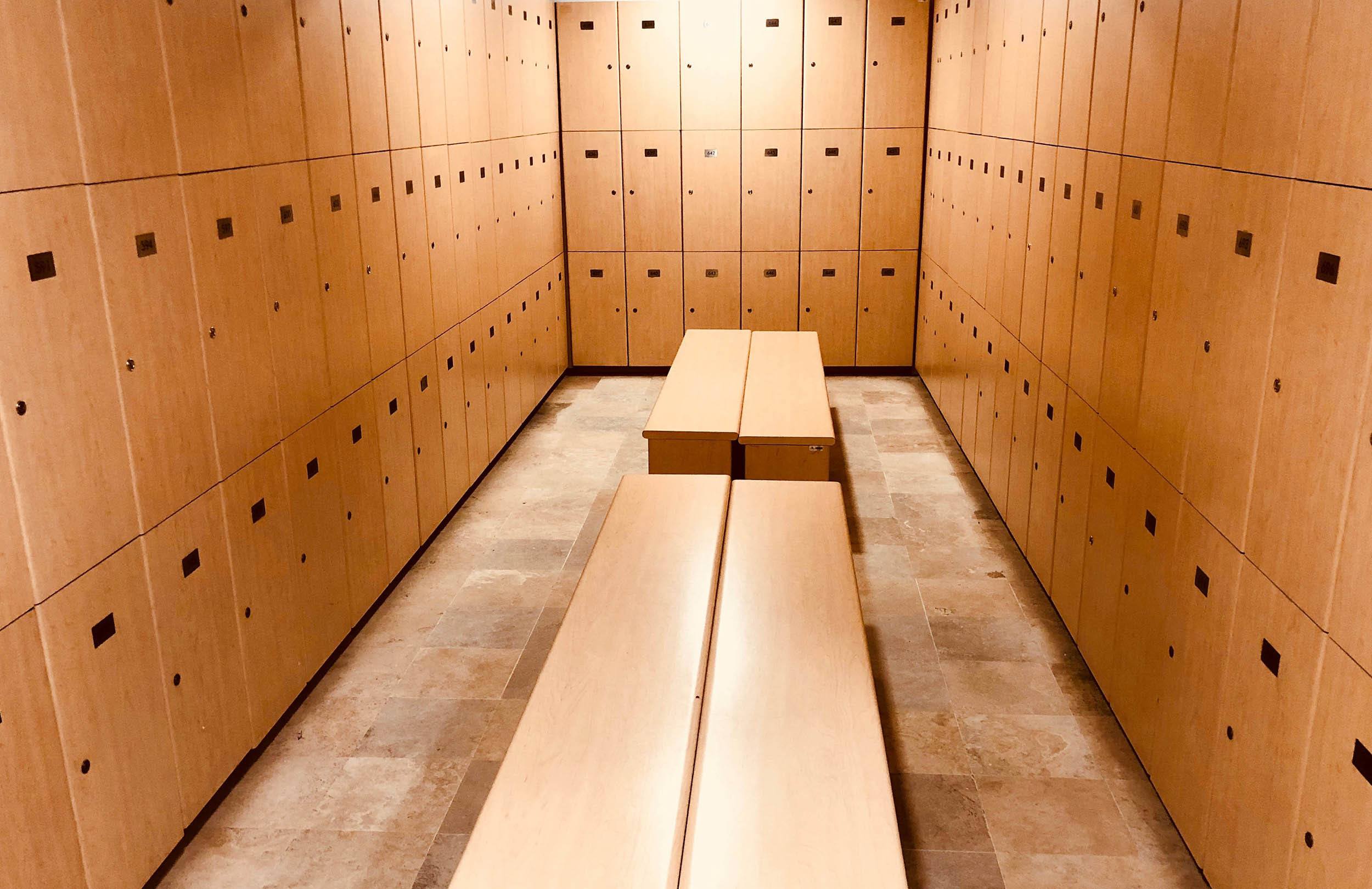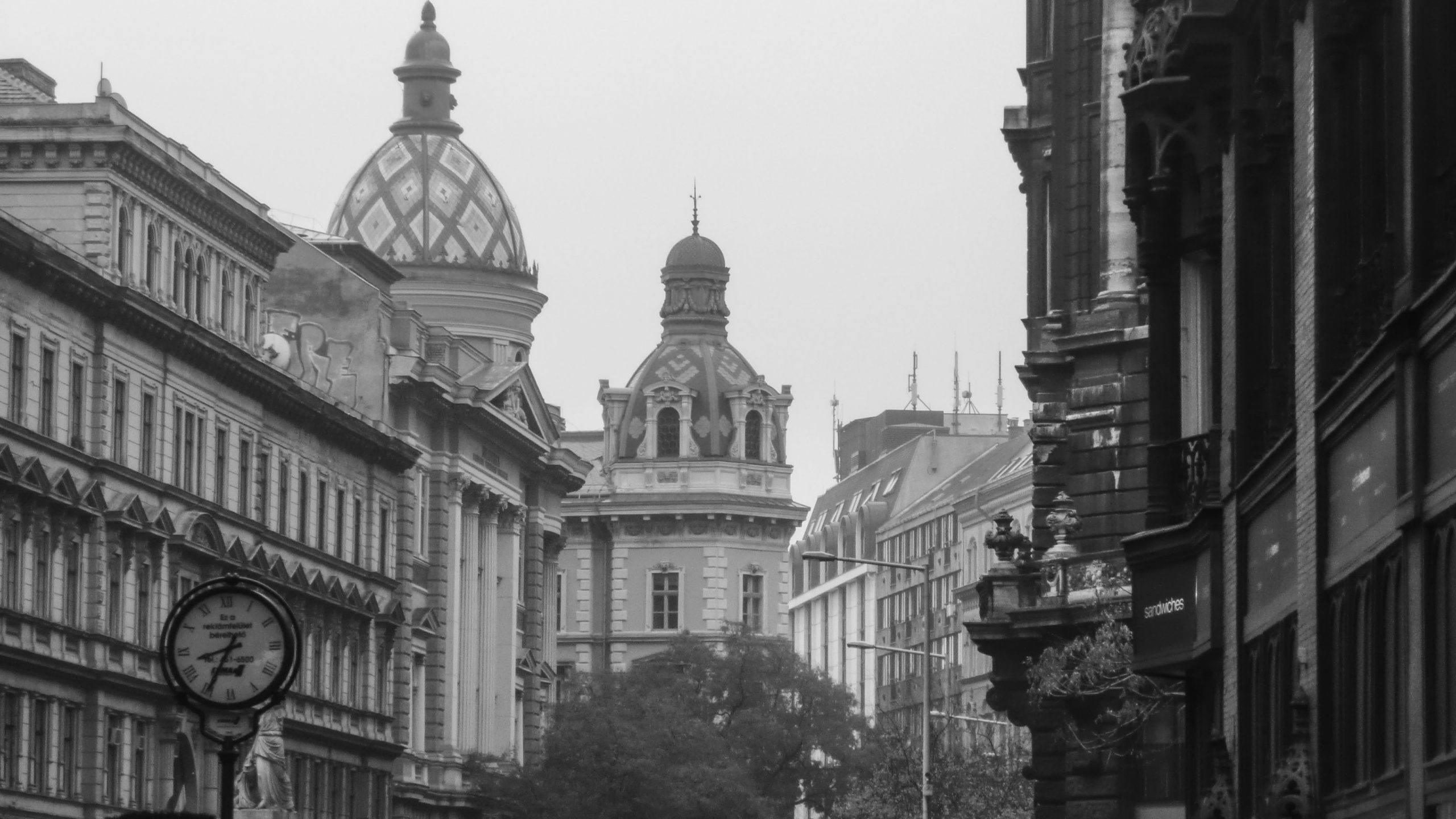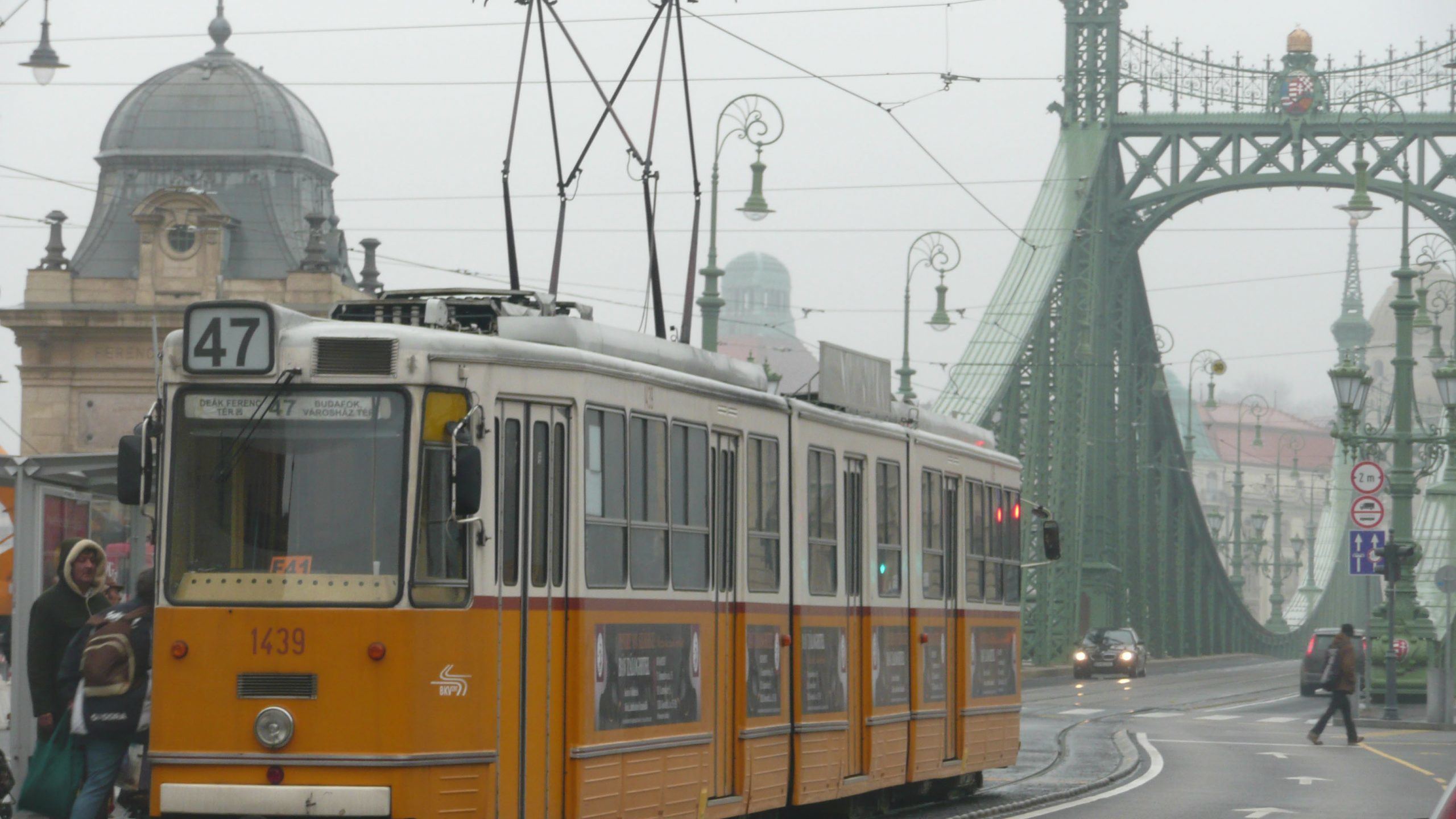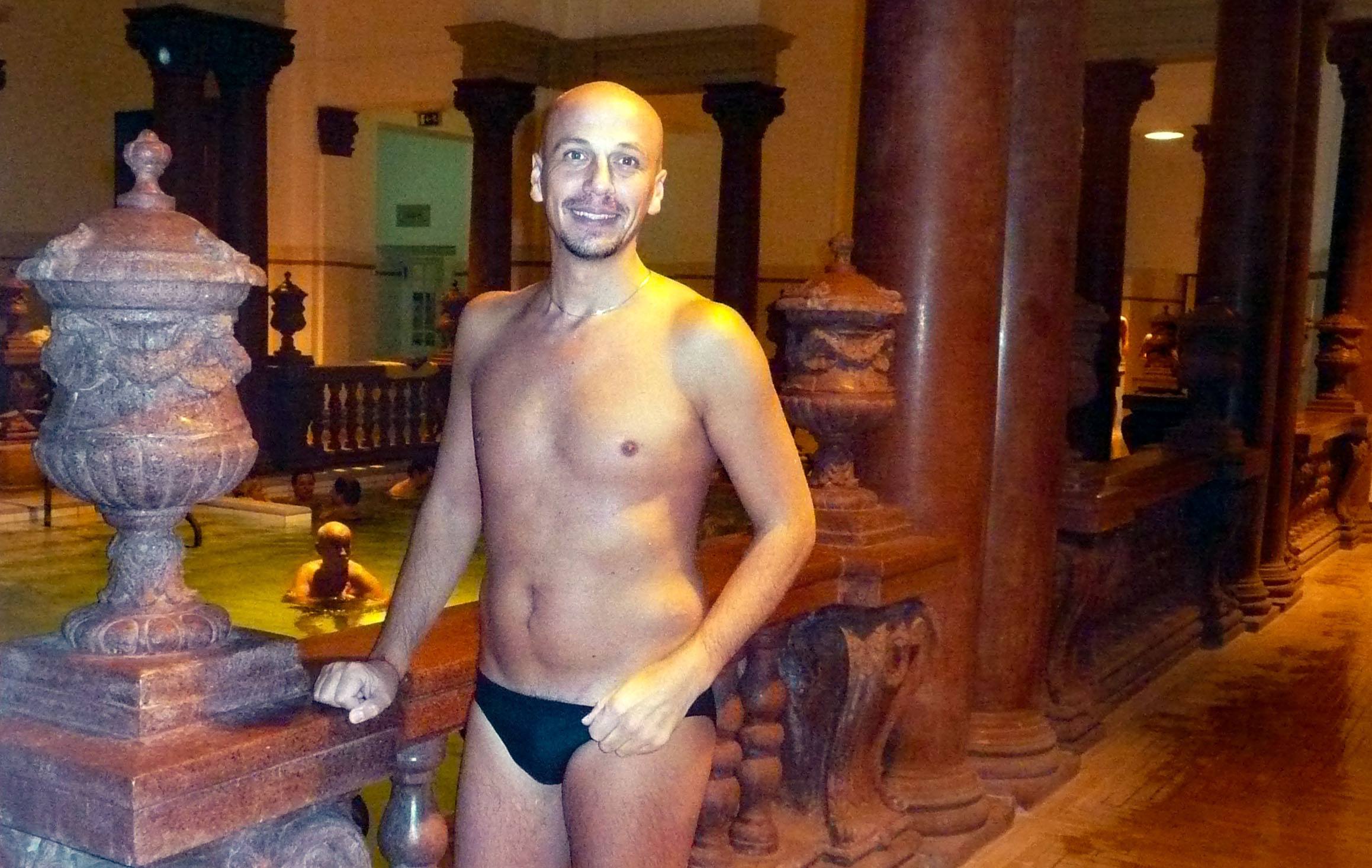Goulash, broody faces and the Austrian-Hungarian Empire are not the only features of Hungary that have given it international acclaim. Under the ground swirls a world of thermal goodness renowned for luxury, indulgence and countless health benefits. And it spans to Roman times.
Budapest’s many baths attract people from the world over who come to get a splash of the acclaimed goodness. On a weekend escape from living in Rome, I too dipped my toes into the pools of indulgence, at Szechenyi Baths.
The Origin of Budapest's Thermal Baths
Bubbling underneath the city’s foundations are 125 thermal springs. People have been using the springs for centuries and, although the baths - dotted around the city today - aren’t from ancient origins, their designs have been influenced by nearby old-worldly civilisations such as the Turks and Romans.
You can see these influences by visiting a selection of establishments over a long weekend.
Understanding Thermal Bath Etiquette
Knowing how to select the right bath (to suit your preferences) and navigate the system, can be overwhelming. However, fear not: Lonely Planet author Steve Fallon has kindly done the groundwork and compiled a foreigner-friendly list of Budapest’s best baths.
Despite diverse designs and sizes, most establishments have similarities. They all contain locker rooms in which visitors can change and leave their belongings while taking a therapeutic dip. Many, if not all thermal baths, have both indoor and outdoor pools, some of which operate year-round.
Visiting in winter, I tested my body’s thermoregulatory efficiency by contrasting the sub-zero night air with a sudden plunge into 38°C temperatures. Sitting in effervescing waters under the dark starry sky induced a coma-like state of relaxation.

If visiting with people of the opposite sex, be aware that many baths mandate separate visiting hours for women and men. But some have modernised matters and now permit mixed bathing; appropriate attire needs to be donned.
I recommend taking a pair of rubber flip flips, as (at some sites) locker room floors can be grimy.
Entry prices vary marginally and usually permit a two-hour visit.
Experiencing Budapest's Thermal Goodness at Szechenyi Baths
If you're running short on time, visit Szechenyi Baths. It dates back to 1913 (so history is in every features), and the complex has 18 pools - there's plenty of room for everyone.
Aside from taking part in a highly indulgent (and reportedly) medicinal activity, you can experience a thorough pampering by selecting one of the assorted treatments on offer.
My Italian friend and I decided to forego pampering and spent our time moving between baths and pools, from the deluxe interior (surrounded by ornate trimmings) to the pools outside, areas at the mercy of Mother Nature’s ever-changing temperament.
We arrived late in the afternoon and were lucky enough to enjoy soaking in the thermal waters under the starry night sky. The cold air and steam added to the magical atmosphere, and we felt our skin being purified by the thermal goodness of the waters (which originate from a source one kilometre beneath the surface).
Try it: there’s nothing to lose! If anything, you’ll feel invigorated and relaxed following an hour or two of thermal immersion.
Getting to Budapest - TRANSPORTATION
By Air
The main airport is Budapest Franz Liszt International Airport. It is well connected to Europe, and there has been a recent increase in long-haul flights arriving here.
Use the following websites to search for the most reasonable and convenient fares:
By Land
Train
There are many connections to Budapest from countries in central and eastern Europe. See Seat61 for information about routes, bookings and fares.
There are three key stations in Budapest:
- Keleti pályaudvar (Eastern)
- Déli pályaudvar (Southern)
- Nyugati pályaudvar (Western)
The stations have connections to Budapest's metro system.
Bus
Eurolines provides services between many western, central and eastern European countries and Budapest. See their website for details. There are services to Budapest from:
- Austria
- Slovakia
- Czech Republic
- Croatia
- Netherlands
- Poland
For national services from various points around Hungary to the capital, see Volán Association for details.
The main stations in Budapest are:
- Népliget station
- Stadion station
- Árpád Bridge station
- Etele tér station
Getting around Budapest - TRANSPORTATION
Budapest is split in two by the Danube, the west called Buda and the east, Pest. This might help you orientate yourself when getting around.
Metro
It is underground and is comprised of four lines. They connect sights, stations and suburbs. It's an easy and convenient way of traversing the city. The four lines are:
- M1 - yellow
- M2 - red
- M3 - blue
- M4 - green
Purchase a ticket before getting on the metro from a BKK vending machine. It needs to be validated (before boarding the metro and on the bus/tram), achieved by popping it into one of the small boxes which will punch a hole in it.
Tram
There are 25 lines and taking the tram is a scenic way to get around. The journey while travelling on line 2 is particularly picturesque, as it moves along the Danube with beautiful views of the castle. Other notable lines include 4, 6, 19, 47 and 56. It's slow yet iconic and comfortable.
Bus
There is a good network of buses that connect suburban and central zones. A key services is the 7, which runs east to west in Budapest stopping at prominent places.
On Foot
Roberto and I walked almost everywhere during our stay in Budapest. Most of the key sights are within walking distance, close to the city centre. There are easy-to-use footpaths, shared between pedestrians and cyclists. It's a fairly safe city , however always pay attention to your belongings and don't do anything you wouldn't at home.
Getting into Budapest (Hungary) - VISAS
Border controls do not exist between Hungary and other countries that have become Schengen members, having signed - at one point in time - the official Agreement.
Therefore, if you are eligible to enter a Schengen country visa-free, then the same principle applies to all member countries. Similarly, if you are granted a visa for a Schengen country, then it will be valid in all other countries that have also signed the agreement. Don't confuse the Schengen Agreement with the European Union: they're not necessarily synonymous. A country can be an EU member without having signed the agreement and vice versa.
For full details about how the agreement works, see the detailed article on Wikitravel.
Staying in Budapest - ACCOMMODATION
My Italian friend Roberto and I stayed at Astoria City Hostel in Budapest.
Alternative accommodation options in Budapest can be searched using the following websites:
Spending in Budapest - CURRENCY
The currency utilised in Hungary is the Forint. Please refer to the following website for current and up to date exchange rates:







